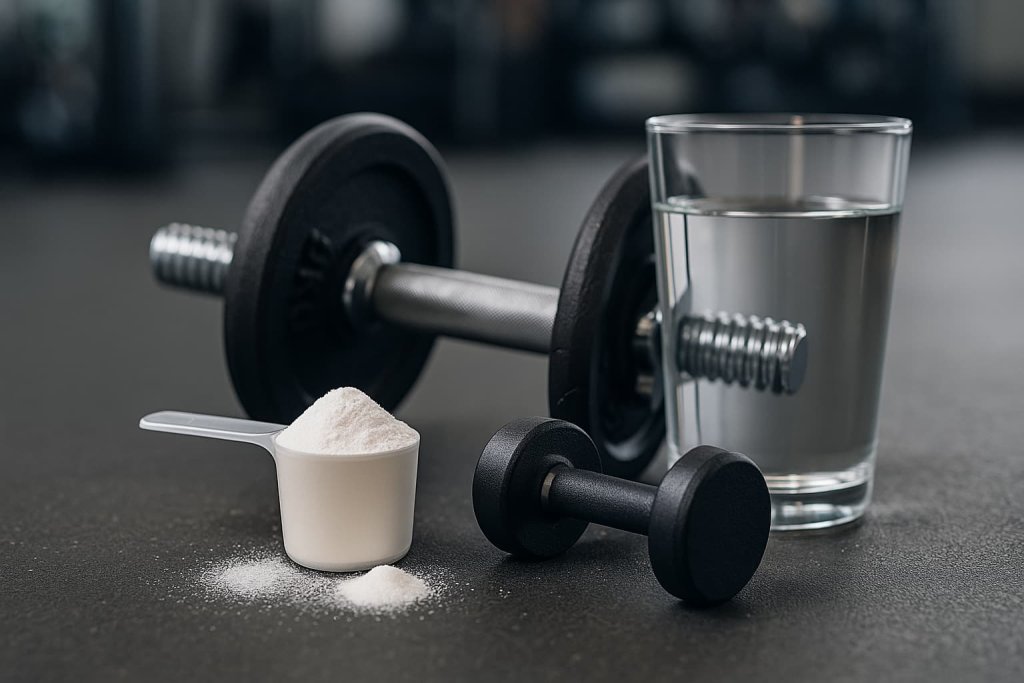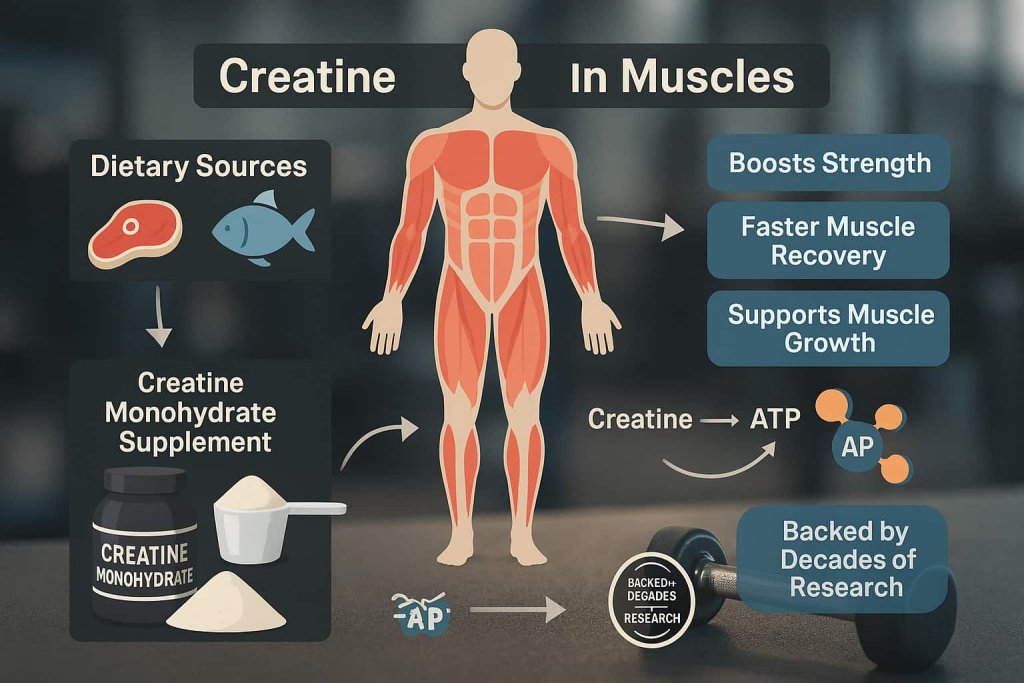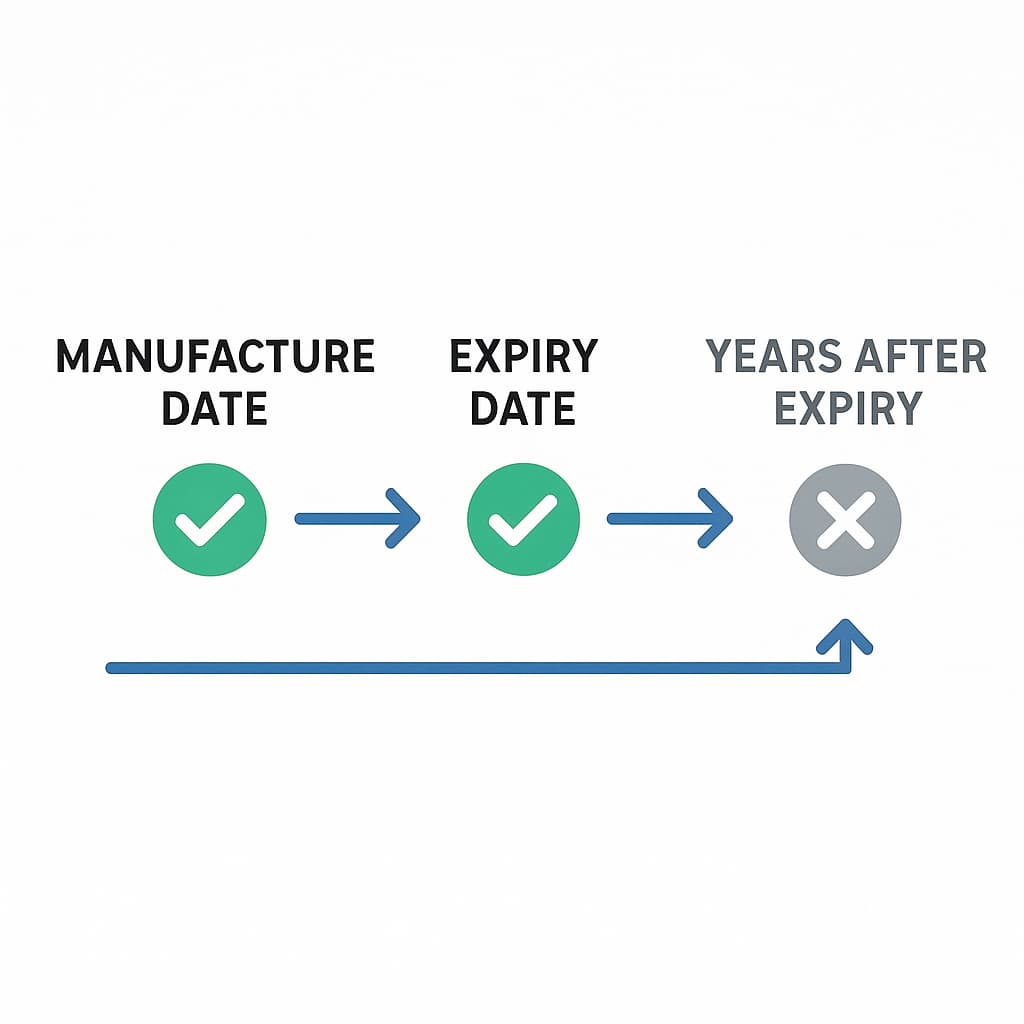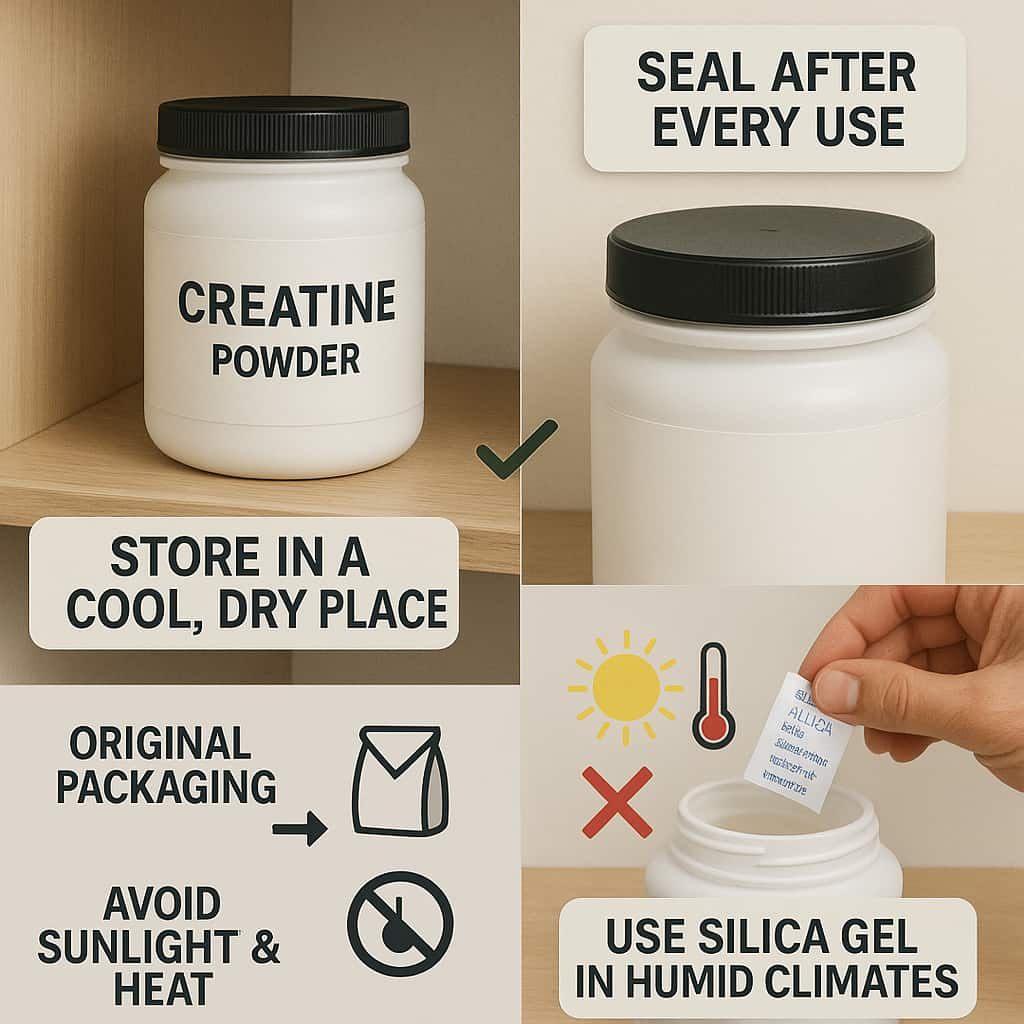Yes, creatine does expire—but most creatine monohydrate powders remain effective and safe to use for years past their expiration date if stored properly. Understanding creatine’s shelf life is crucial to getting the best results, avoiding waste, and ensuring your supplement stays safe and effective.

Whether you’re a seasoned lifter or just starting with supplements, knowing the facts about creatine expiration can help you save money and avoid ineffective (or potentially unsafe) products. In this guide, you’ll find clear answers, expert advice, and the latest research to help you decide when to keep or toss your creatine.
What Is Creatine and How Does It Work?
Creatine is a naturally occurring compound found in your muscles and many foods (especially red meat and fish). As a supplement, it’s most commonly taken as creatine monohydrate to boost muscle performance, strength, and recovery.

How does creatine work?
Creatine helps your muscles rapidly produce energy during high-intensity workouts by replenishing ATP, your body’s quick energy source. This allows you to lift heavier, recover faster, and potentially see faster muscle gains. According to decades of sports science research, creatine is one of the safest and most effective supplements for athletic performance and muscle building (source, source).
Does Creatine Expire? (Short Answer)
Yes, creatine expires, but in practice, most creatine monohydrate powders stay safe and effective for years past their printed expiration date if kept dry and cool. The expiration date is a manufacturer guideline for quality, not a strict safety limit.
- Key Point: Most creatine is stable for 2–3 years or more if unopened and stored correctly.
- Expiry dates on supplements are based on conservative testing and may not reflect true stability.
Shelf Life of Creatine: What the Research Says

How long does creatine last?
- Creatine monohydrate (the most popular form) is extremely stable in powder form. Research published in the Journal of Food Science found that creatine monohydrate can retain potency for years past expiration, even at slightly elevated temperatures (Journal of Food Science, 2007).
- Liquid creatine and certain blends degrade much faster—sometimes within months—due to increased breakdown into creatinine (an ineffective byproduct).
- Opened containers: Creatine’s shelf life doesn’t change much after opening, as long as moisture is kept out and it’s resealed tightly.
| Creatine Type | Average Shelf Life | Notes |
|---|---|---|
| Powdered Monohydrate | 2–3 years (often longer) | Very stable, especially unopened |
| Liquid Creatine | 1–2 months | Degrades quickly; check for separation |
| Blends & Other Forms | 1–2 years | Stability varies, read the label |
How to Tell If Your Creatine Has Gone Bad

Use these checks before consuming old or expired creatine:
- Appearance: Fresh creatine powder is white and fine. If it turns yellow, brown, or has black spots, discard it.
- Smell: Creatine should be almost odorless. A strong, sour, or chemical smell is a warning sign.
- Texture: Some clumping is normal (especially in humid climates), but rock-hard lumps, wetness, or mold indicate spoilage.
- Taste: Fresh creatine is virtually tasteless. Any bitter or off taste means it may be contaminated.
If you see any of these signs, do not use the creatine.
Is It Safe to Take Expired Creatine?
Generally, creatine monohydrate remains safe and effective past its expiration date—if it looks, smells, and tastes normal, and was stored correctly. The main risk is reduced effectiveness due to breakdown into creatinine, not food poisoning or acute illness.
However:
- If there are any signs of spoilage, contamination, or if it’s a liquid form, play it safe and replace it.
- If you have a sensitive stomach, immune issues, or simply want guaranteed results, buy a new tub.
Note: Creatine is affordable, so replacing questionable supplements is a smart investment in your health and gains.
Creatine Shelf Life Once Opened
- Opened creatine powder lasts just as long as unopened, as long as it’s kept sealed, dry, and away from heat and sunlight.
- Humidity and moisture are the biggest threats—these can cause clumping, spoilage, or breakdown.
- If your creatine gets wet, it can degrade faster and should be replaced.
How to Store Creatine for Maximum Freshness

To make your creatine last as long as possible:
- Store in a cool, dry place: Avoid bathrooms, kitchens, or gym bags.
- Keep the lid tightly closed after every use.
- Use original packaging if possible—it’s designed to keep moisture out.
- Avoid direct sunlight and heat.
Tip: Adding a food-grade silica gel packet to the container can help keep powder dry in humid environments.
Frequently Asked Questions
Can expired creatine make you sick?
Rarely. Expired creatine is usually just less effective, not dangerous. But if you see signs of spoilage (mold, strange smell, discoloration), toss it immediately.
Is it OK to take expired creatine?
Yes, if it’s been stored well and shows no signs of spoilage. For best results, use within 2–3 years of purchase. When in doubt, buy a fresh tub.
Does creatine lose potency over time?
Slightly. Creatine may gradually convert to creatinine over several years, especially in heat or moisture. Well-stored powder can remain 90%+ potent for 2–4 years.
Conclusion
Most creatine monohydrate powders are safe and effective for years, even past their expiration date, if stored properly. Always check for signs of spoilage and trust your senses. When in doubt, play it safe and get a new container—your gains and health are worth it!
